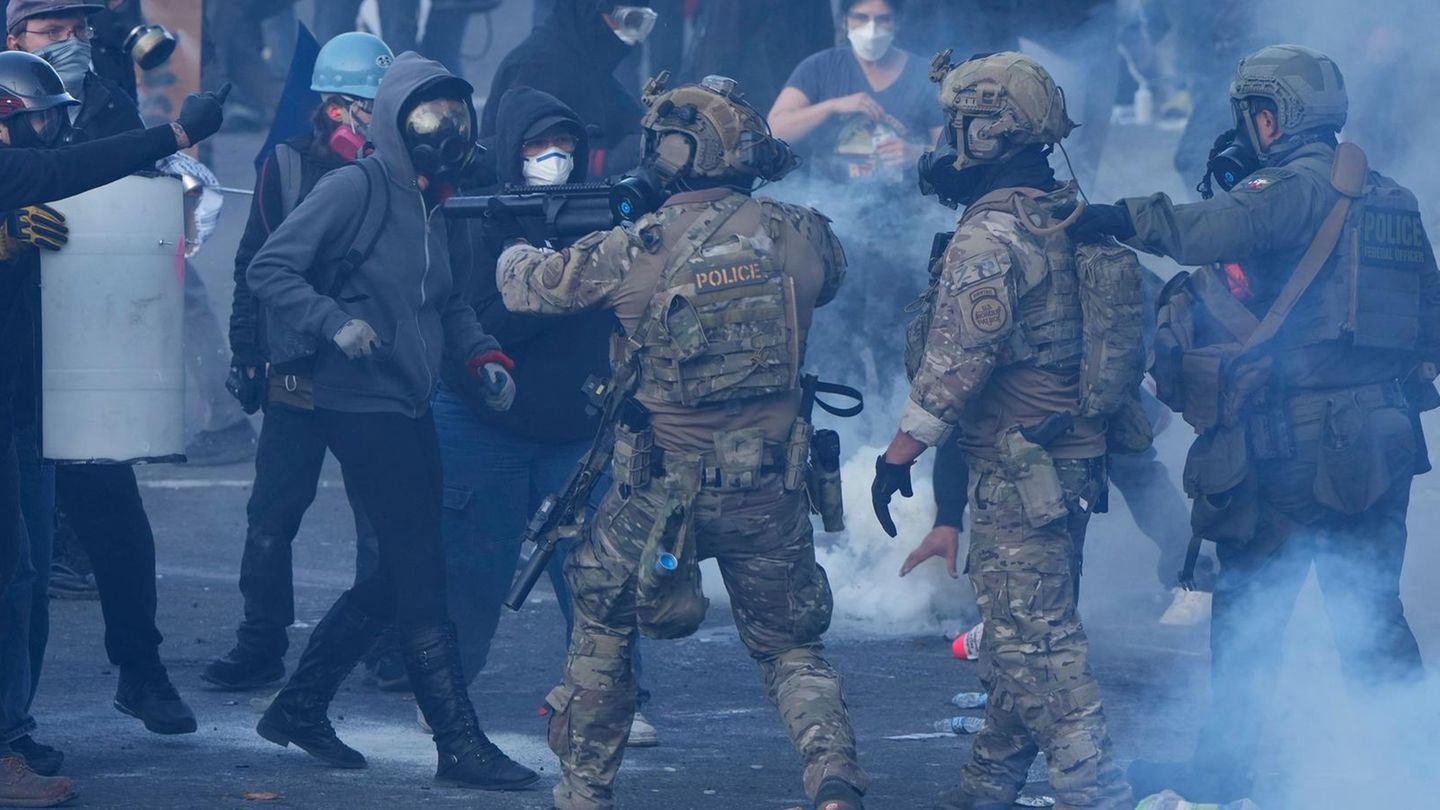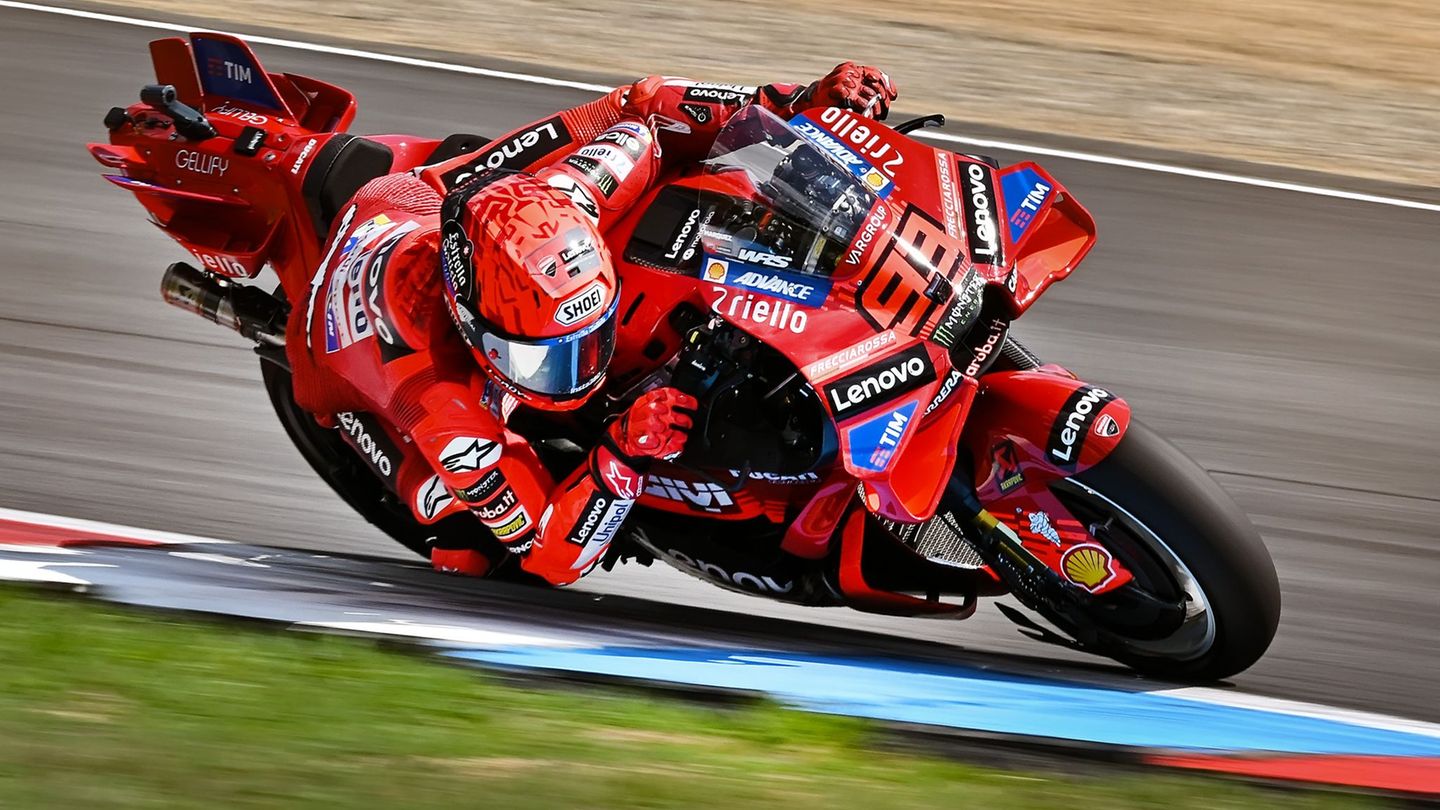The overseas speed races are history, the alpine classics are moving into the spotlight. The “Grand Slam Series” with Val Gardena, Bormio, Wengen and Kitzbühel – if you will – traditionally starts with the “Saslong Classic” in the Dolomites. In Val Gardena this year, after the ghost races in 2020, which were dominated by the Norwegian Aleksander Aamodt Kilde (he won the double from Super-G and Downhill), fans will be admitted again. The arena can be filled up to 75 percent, the 2G rule applies – mouth and nose protection included.
This time in Val Gardena they will not be able to reach the record number of spectators from the 1975 World Cup final, when 40,000 made the pilgrimage to the parallel goal run with local hero Gustav Thöni (Ita / 1st) and Sweden’s ski king Ingemar Stenmark (2nd). But everything is set up for an atmospheric event – maybe with sunshine as in yesterday’s first downhill training, which was dominated by the American Ryan Cochran-Siegle. The Austrians held back elegantly, behind Max Franz (19th) were Matthias Mayer (20th), Daniel Hemetsberger (24th), Stefan Babinsky (30th) and Vincent Kriechmayr (33rd).
The latter has already been immortalized on the roll of honor in Val Gardena. In 2019, the Gramastettner decided the Super-G for himself, in this discipline the reigning world champion and winner of the small crystal ball tomorrow (11.45 a.m., ORF 1) is definitely one of the closest favorites again. But it needs a significant increase, the first practice run was not to the taste of the perfectionist Kriechmayr.


“I messed up the Ciaslat meadow a lot, so I know where I left the time (3.05 seconds behind the fastest, note),” said the 30-year-old, who is also used for the climax, the descent on Saturday (11.45 a.m., ORF 1), must have on the slip.
The same applies to Matthias Mayer, who yesterday almost lost control of the infamous Camel Humps. A real shock. “I overlooked the take-off edge, nothing happened to me. I’m fine,” emphasized the Carinthian.
The camel hump, which Innsbruck’s Uli Spieß “simply” skipped as the first downhill in 1980, is not to be trifled with. In the past, attempts at imitation have often resulted in lengthy hospital stays.
Svindal is the record winner
Nobody left their stamp on Val Gardena like the legendary Aksel Lund Svindal, who tops the hit list with seven wins (five in the Super-G, two in the downhill). The Norwegian ski retiree will no longer get in the way of the ÖSV aces, who are at the top of the team standings with 21 successes.
Franz Klammer and Kristian Ghedina (Ita) have the most downhill victories – four -, Michael Walchhofer also won four times, twice each in downhill and super-G. The appearance of the high-class technician from Zauchensee, who “crept” smoothly over the waves, impressed not only Kriechmayr. Maybe he will find his ideal line in today’s second training session.
The most spectacular descents in the Alpine Men’s World Cup
Val Gardena (“Saslong”):
The slope below the Langkofel is notorious for its camel hump, a combination of three bumps that has already become the undoing of many ski aces. The furrows of the Ciaslat meadow put a huge strain on the thigh muscles of the athletes. Race: Saturday, 11.45 a.m.
Bormio (“Pista Stelvio”):
Steep, fast, winding – this route does not allow you to take a breather. With a 63 percent gradient, the starting shot is the steepest in the World Cup. The Traverse Carcentina and the San Pietro shot are considered key passages. Race: December 28th
Wengen (“Lauberhorn”):
The longest descent with just under 4.5 kilometers also presents the most splendid backdrop – with the Eiger north face in the background. With a journey time of around 2:30 minutes, numerous traps lurk – starting from the bottleneck at Hundschopf, where it goes 15 meters deep between two rocks, over the Minschkante, the Canadian Corner to Ziel-S. Race: January 14th and 15th
Kitzbühel (“Streif”):
The most difficult descent in the world is the ultimate test of courage for the ski aces, nowhere else is the start area as quiet as in Gamsstadt. The mousetrap with an 85 percent gradient, the steep slope, the edge of the Hausbergkante, sharp edges, sloping and short uphill passages, spectacular bumps, bumps, bare ice – there are no limits to the pitfalls on the 3312-meter-long Streif. Race: January 21st and 22nd
Source: Nachrichten




